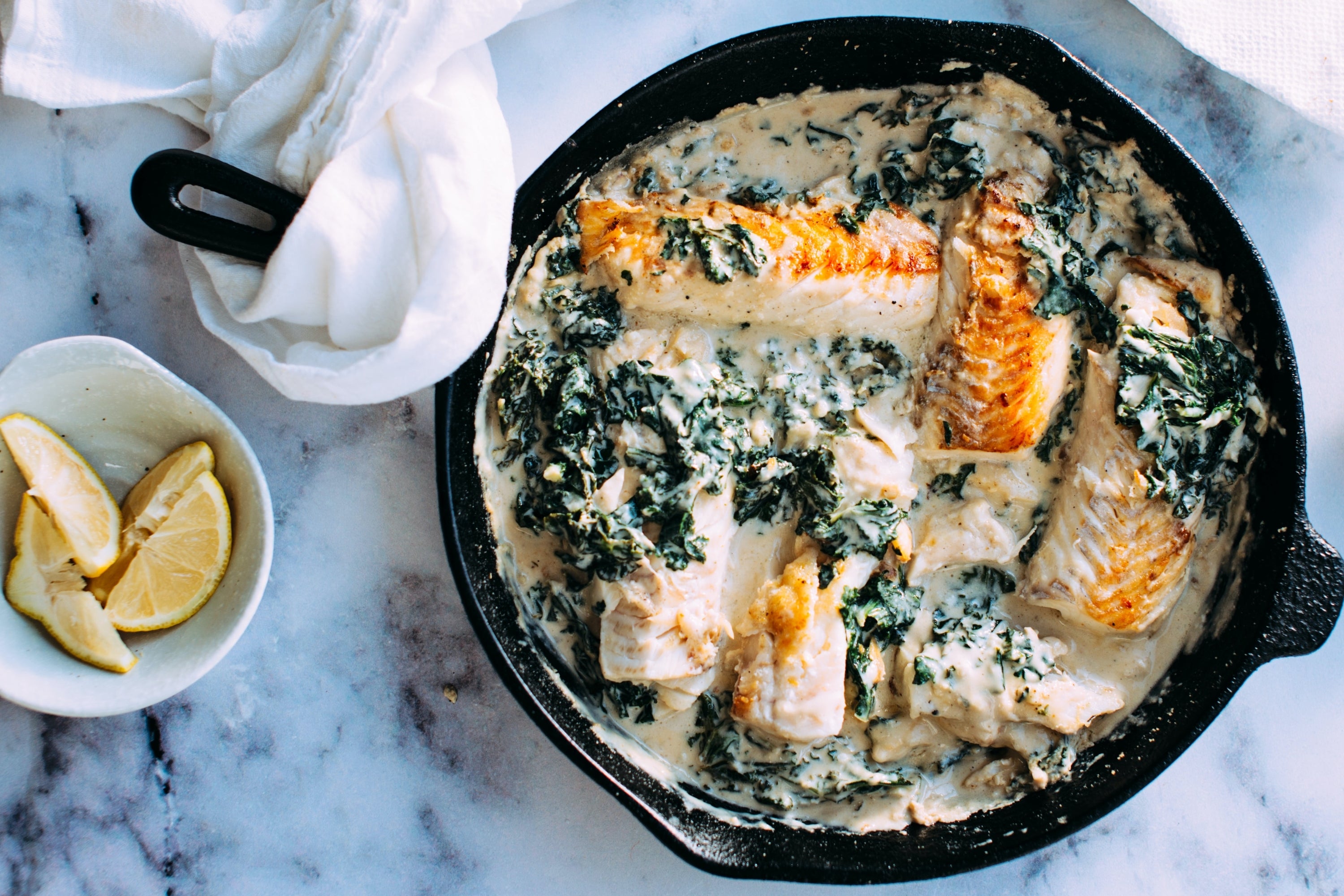How to Use and Care for a Cast Iron Pan: A Comprehensive Guide
Got a cast iron pan? You’ve probably been told to season it before use and never use soap to wash it. These versatile, durable pieces of cookware are a kitchen staple and for good reason. They retain heat well and develop their own natural, non-stick surface. However, taking care of and using them requires a little finessing.


Why Do People Love Cast Iron Pans?
Cast iron is a durable and heat-retaining material.
Cast iron pans are known for their versatility and are commonly used for searing meats, frying, baking cornbread, and even making dishes like frittatas and deep-dish pizzas. The pans typically have a thick bottom and sidewalls, with a long handle and sometimes an additional helper handle for easy lifting.They are also popular for their durability and longevity, as a well-maintained cast iron pan can last for generations. Yes, people have been known to inherit cast iron pans!

How to Use a Cast Iron Pan
First, learn to prepare your cast iron pan by seasoning it.
What makes this cookware staple so popular amongst home chefs is their ability to create their own non-stick surface over time. This is done through a process called seasoning. Seasoning involves coating the pan with a layer of oil or fat and heating it, which creates a polymerized layer that helps prevent food from sticking and also provides a distinct flavor to the dishes cooked in it.
Follow these steps:
Be sure to season your pan before using it for the first time or if it has lost its seasoning over time to create a natural non-stick surface.
- Preheat your oven to 350°F (175°C).
- Thoroughly wash the pan with warm water and mild soap, if needed, to remove any manufacturing residues.
- Dry the pan completely with a clean towel or by placing it on the stovetop over low heat for a few minutes.
- Apply a thin layer of cooking oil (such as vegetable oil, flaxseed oil, or grapeseed oil) to the entire surface of the pan, including the handle and exterior.
- Wipe off any excess oil with a paper towel.
- Place the pan upside down on the middle rack of the preheated oven, with a baking sheet or aluminum foil on the bottom rack to catch any drips.
- Bake the pan for about one hour, then turn off the oven and let the pan cool completely inside the oven before removing it.
Now your cast iron pan is ready to cook with
Keep these considerations in mind when using cast iron cookware.
To make sure that your cast iron pan stays as good as new, it's important to know about the best cooking practices based on its unique material.
- Preheating: these pans take longer to heat up than stainless steel or nonstick pans. Always preheat the pan on low to medium heat for a few minutes before adding the ingredients.
- Utensils: Use silicone or wood utensils when cooking with cast iron. Metal utensils can scratch the seasoning off the pan and damage it.
- Oil and fat: Use a small amount of fat or oil, such as butter or olive oil, before adding ingredients. This will help prevent ingredients from sticking to the pan.
- Cooling down: Always allow the pan to cool down gradually before cleaning or storing it after use. Cast iron is sensitive to extreme temperature changes, which can cause it to warp or crack.

How to Clean Your Cast Iron Pan
The method for cleaning your cast iron pan is a controversial topic.
Some people say to never use soap, while others can’t imagine cleaning it any other way. The truth is you do need to clean your pan to maintain seasoning and prevent rust, and soap is a definite no-no. Soap and harsh detergents strip away the seasoning on the pan.
So, how do you clean it?
With hot water and a stiff brush or non-abrasive sponge.
Instructions:
- Soak the pan in warm water to remove stubborn food residues.
- Then, scrub gently with a brush or sponge until clean.
- After washing, thoroughly dry the pan with a towel.
- Moisture can cause cast iron to rust, so make sure it’s completely dry before storing.
With a little care and proper use, you too can pass your favorite cast iron pan down to future generations! For more tips on maintaining your cookware, check out this guide to using stainless steel pans.








